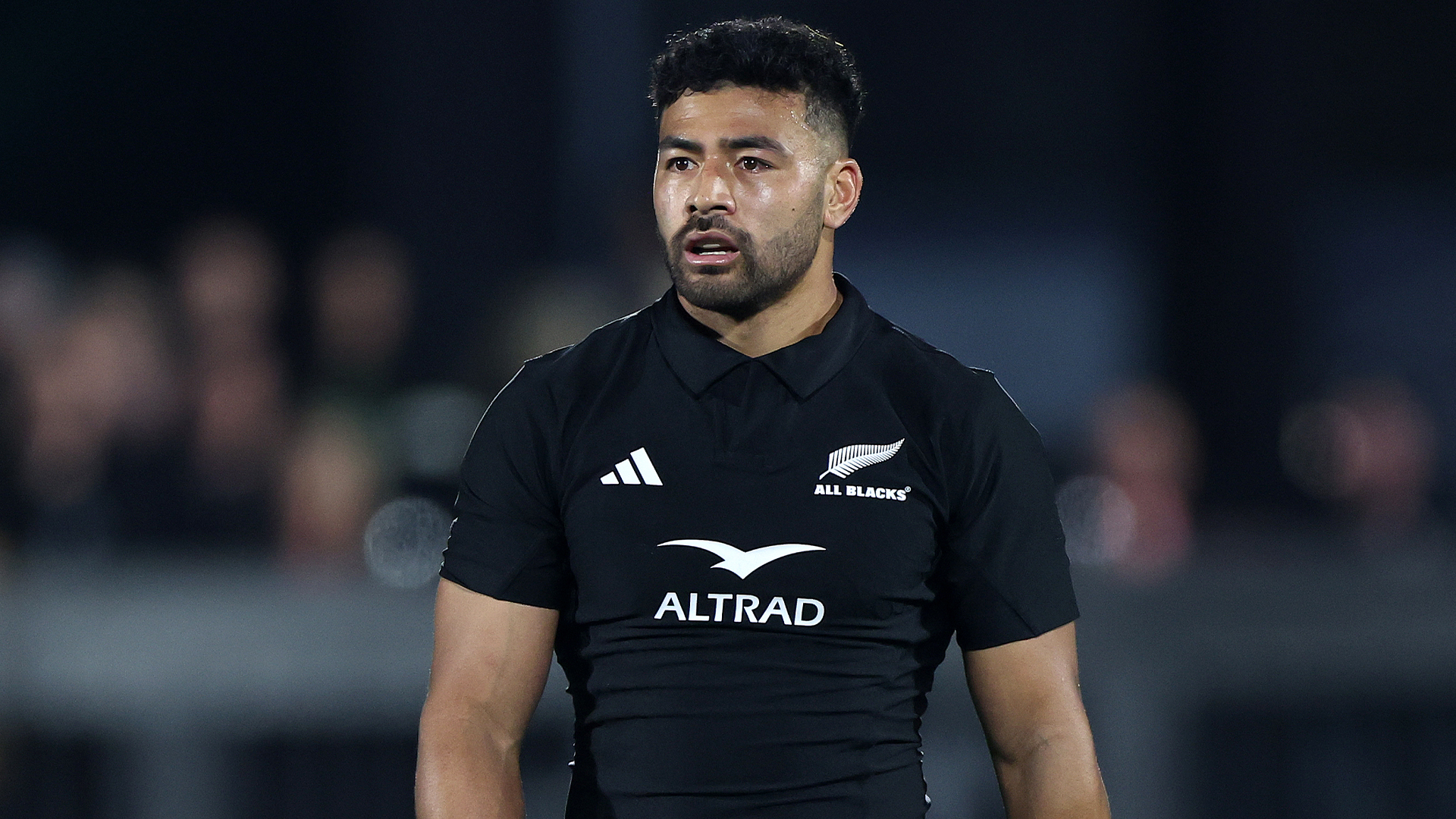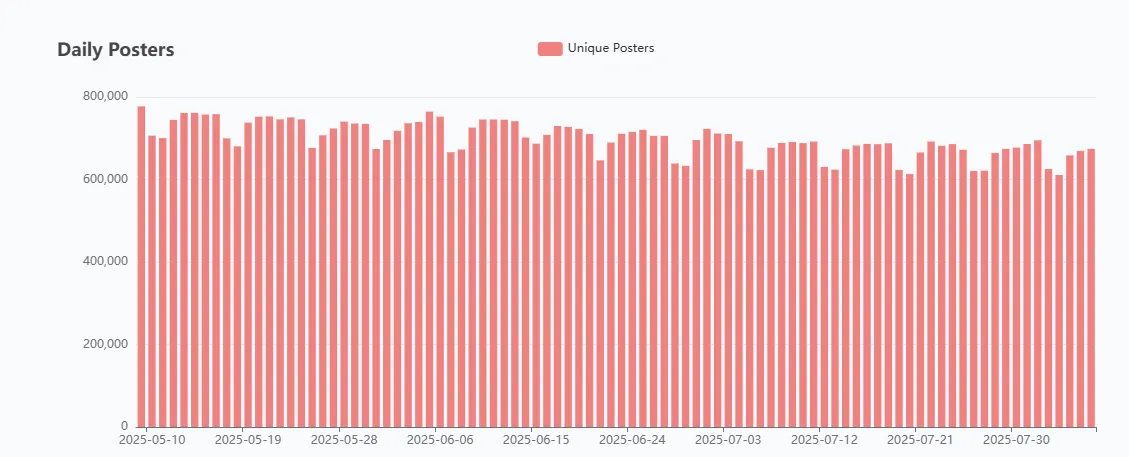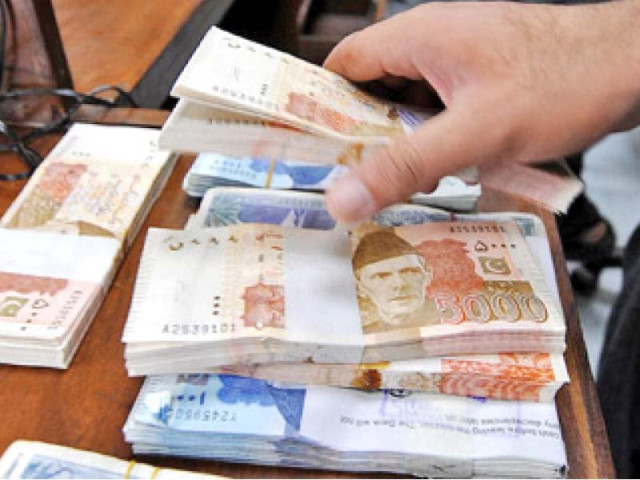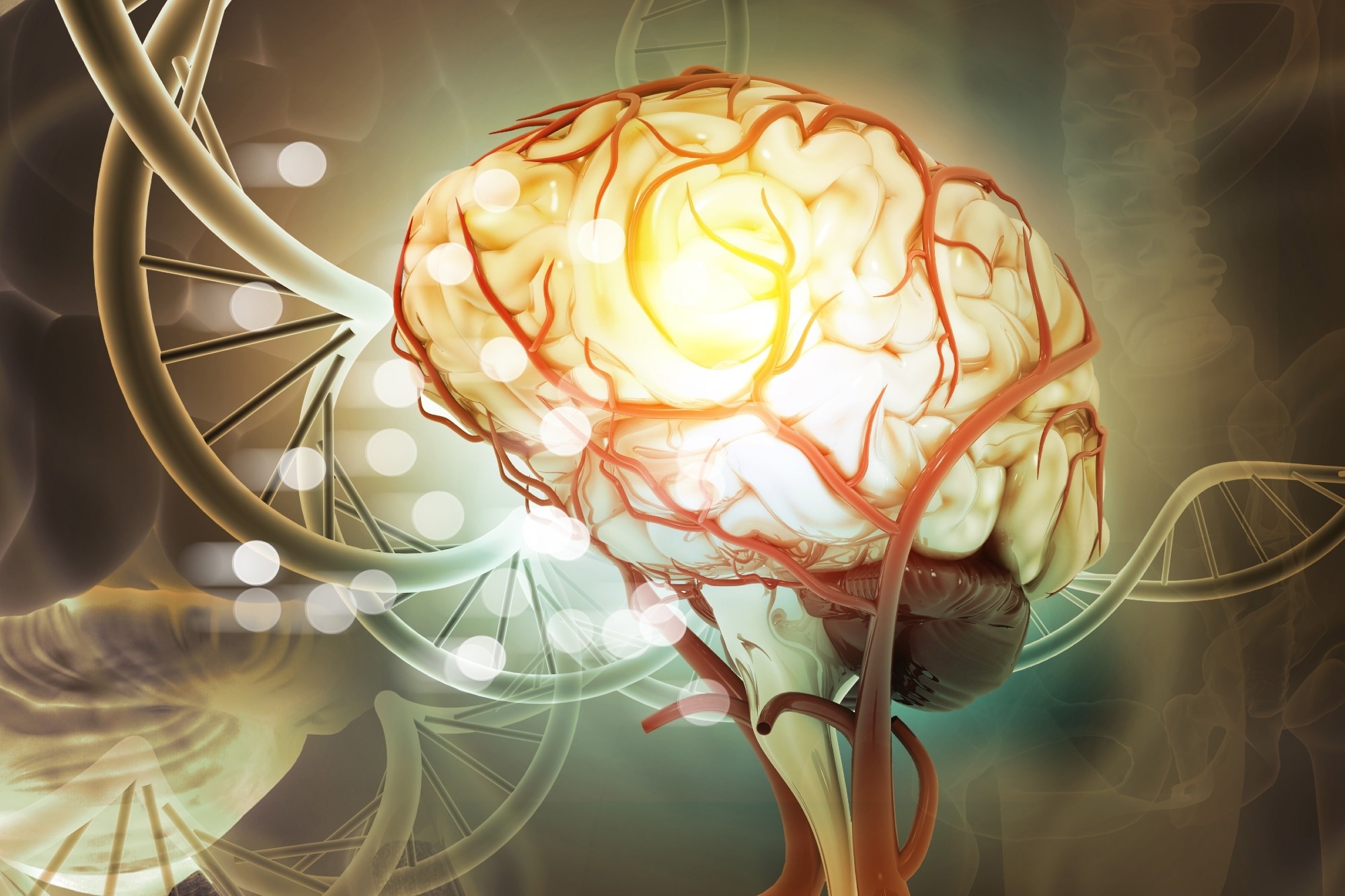Scientists reveal a new genetic resource from the MIND diet trial, opening the door to precision nutrition strategies for protecting cognitive function in aging adults.
Data Descriptor: Mediterranean-DASH Intervention for Neurodegenerative Delay (MIND) Trial: Genetic Resource for Precision Nutrition. Image Credit: crystal light / Shutterstock
A recent Data Descriptor study published in the journal Nutrients described the genotyping, quality control (QC), and imputation procedures for generating a new genetic resource from participants in the Mediterranean-DASH Intervention for Neurodegenerative Delay (MIND) trial.
Dementia prevalence is projected to increase due to progressive aging of the global population. Age-related cognitive decline varies among individuals. The MIND diet is a hybrid of the dietary approaches to stop hypertension (DASH) and Mediterranean diets with select modifications. The MIND diet emphasizes berries, green leafy vegetables, beans, nuts, seafood, whole grains, wine, olive oil, poultry, and limited fat intake.
Studies suggest that adherence to the MIND diet may slow cognitive decline and reduce the risk of Alzheimer’s disease. However, the primary MIND clinical trial itself found no significant differences in cognitive change after three years when compared to a calorie-restricted control diet.
This result is a key motivation for the current genetic study. Variation in the metabolism of MIND diet constituents between individuals may enhance or limit their efficacy and ultimately impact response to the diet. Therefore, knowledge on genetic factors contributing to this variation could be valuable in identifying subgroups who especially benefit from this diet and exploring the mechanisms underlying the relationship between cognitive health and the MIND diet.
About the study
In the present study, researchers in the United States described genotyping, QC, and imputation procedures for generating genetic data of the MIND trial participants. The MIND trial was a phase III randomized controlled trial (RCT) on the effects of the calorie-restricted MIND diet on cognitive decline compared to a usual diet with a similar caloric restriction. Participants were older, overweight, and cognitively unimpaired adults with a suboptimal diet and family history of dementia.
Blood samples were collected at several time points. Genomic DNA was extracted from whole blood and serum samples. Notably, the researchers had to overcome challenges, including the closure of a laboratory due to the COVID-19 pandemic, which necessitated using serum for DNA extraction in many cases where whole blood was unavailable. Apolipoprotein E (APOE) genotyping was performed using whole-blood and serum samples.
Single-nucleotide polymorphisms (SNPs) with call rates > 95%, Hardy-Weinberg equilibrium (HWE) p > 1 × 10-6, and minor allele frequency (MAF) > 0.05 were used for sample QC. Mismatches between self-reported and genetically inferred sex were identified.
Relatedness (kinship) among trial samples and the effects of DNA specimen, study site, and array batch were examined. Further, sample ancestry was genetically inferred using principal component analysis (PCA). For SNP QC, genotype concordance was evaluated between duplicate pairs to estimate the reproducibility of genotyping.
For the second sample QC, the team calculated heterozygosity and differentiated samples of poor quality from those of naturally low heterozygosity using statistical models to identify outliers.
Further, they performed a second SNP QC to retain chromosome X and autosomal variants with MAF > 0.01, HWE p > 1 × 10-6, and call rates > 95%. A second PCA was performed per ancestry using a pruned set of autosomal biallelic SNPs with MAF > 0.05 and call rates > 98%. Further, genotype imputations were performed for each ancestry using the Haplotype Reference Consortium (HRC) and 1,000 Genomes Project Phase 3 (1000G) reference panels.
APOE genotype of participants was initially determined by sequencing rs7412 and rs429358 SNPs at APOE exon 4. Furthermore, the APOE genotype was derived using imputed SNPs, and concordance was assessed using the sequenced APOE genotype. To validate the genetic data quality, the researchers sought to replicate known associations from genome-wide association studies (GWASs) with diet-related biomarkers.
Findings
DNA concentrations ranged between 0.12 ng/μL and 4.14 ng/μL in serum samples and 4.4 ng/μL and 277.8 ng/μL in whole-blood samples. Genetic data were generated for 602 trial samples. Excluding samples pre-QC with call rates < 90% and SNPs with MAF < 0.01 resulted in 573 participants with genotype data for over 1.01 million SNPs. In total, 630,959 SNPs were used for sample QC checks. Two samples with mismatches between self-reported and genetically inferred sex were excluded.
Three pairs of first-degree relatives were identified. The principal component 1 (PC1) separated White individuals from Black participants. The three Asian participants and one “other” participant clustered closer to White individuals. The team used PC1 to define a subset of participants of European ancestry as self-identified White individuals within six standard deviations (SDs) of PC1 means.
Similarly, a smaller subset of African-ancestry participants was determined. The ancestry of eight other participants could not be confidently inferred, so their genetic data were excluded from the final dataset.
Genotype concordance rates ranged between 98.1% and 99.8%, indicating high consistency. After sample QC, 58 and 494 unrelated samples of inferred African and European ancestries were retained, respectively. After a second PCA, the population sub-structure remained evident in the European ancestry group. Further, after all QC procedures, 809,442 and 772,662 variants were retained for 494 and 58 inferred European and African ancestry participants, respectively.
Following imputation with the 1000G panel, around 47.1 million variants were obtained for each ancestry. HRC imputation, performed only for European-ancestry participants, resulted in 39.1 million variants. HRC imputation demonstrated a higher quality for low-frequency and common variants. The APOE genotype concordance was 98.2% between 1000G-imputed and sequenced genotypes.
Compared to sequencing data, the imputed genotypes misclassified five non-carriers as E4 carriers and two E4 carriers as non-carriers. Similarly, HRC imputation yielded genotypes identical to those with the 1000G panel. The team replicated at least one SNP previously linked to adiponectin, alpha-linolenic acid, coffee intake, beta-carotene, alpha-tocopherol, tea intake, and docosahexaenoic acid in the 1000G imputed data. Results were comparable with HRC-imputed data.
Conclusions
In sum, the study presents a genetic resource from the first RCT of the MIND diet targeting cognitive outcomes. The findings highlight the adequacy of serum as an alternative source of DNA. Although serum DNA extraction and genotypic performance were inferior to those of whole blood, serum remains attractive in cases of missing or insufficient whole blood. The HRC and 1000G reference panels yielded high-quality imputed data for African and European ancestry populations.
Concordance was high between imputed and sequenced APOE genotypes. Moreover, the researchers replicated known GWAS associations with diet-related biomarkers.
The authors also noted several limitations to provide context for future research. These include that the study population was predominantly of European ancestry, which may limit the generalizability of findings, and that the specific participant criteria (e.g., overweight, family history of dementia) mean the resource is not representative of the general population. They also advise that potential batch effects from specimen type and study site should be accounted for in future analyses.
This genetic resource enables analyses of genetic contributions to variability in cognitive responses to the MIND diet, supporting integrative analysis with other data types to delineate underlying biological mechanisms. The data will be made available to other researchers via The National Institute on Aging Genetics of Alzheimer’s Disease Data Storage Site (NIAGADS).
These efforts could ultimately inform precision nutrition strategies and help promote cognitive health.
Journal reference:
- Liu Y, Fowler H, Wang DD, Barnes LL, Cornelis MC (2025). Mediterranean-DASH Intervention for Neurodegenerative Delay (MIND) Trial: Genetic Resource for Precision Nutrition. Nutrients, 17(15). DOI: 10.3390/nu17152548, https://www.mdpi.com/2072-6643/17/15/2548









